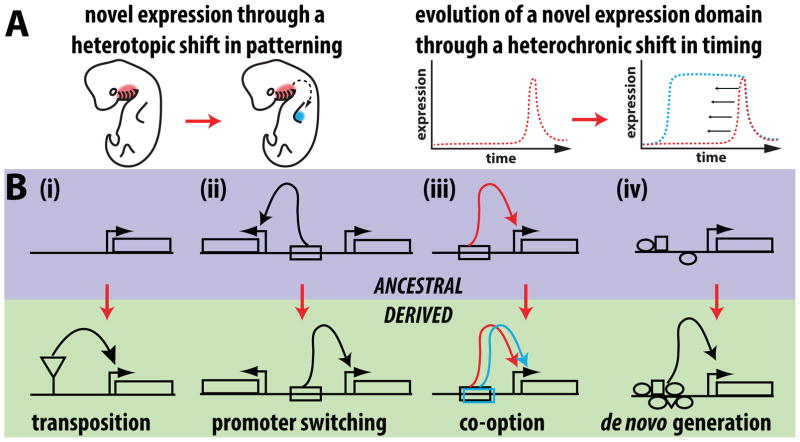Figure 1. The genetic underpinnings of novel gene expression patterns and enhancer activities.
(A) Novel expression patterns can arise through heterotopic shifts that cause a gene to be expressed in a spatially distinct pattern (left) or by temporal shifts that cause a gene to be expressed much earlier or later during development (right). (B) Genetic models for the origins of new enhancer activities. The ancestral state for each model depicts the status of a locus before a new expression domain evolved by changes in its cis-regulatory sequences. (i) A gene may gain a novel expression pattern through the introduction of a transposon that can carry regulatory information resulting in a new enhancer activity. (ii) Changes in mechanisms targeting enhancers to specific promoters (e.g. point mutations or large-scale chromosomal rearrangements) can cause a pre-existing enhancer to target a different promoter. (iii) A pre-existing enhancer active in an ancestral tissue may gain or lose inputs that allow it to be expressed in a novel domain. (iv) A stretch of DNA that ancestrally lacked regulatory function may evolve a de novo enhancer activity.

